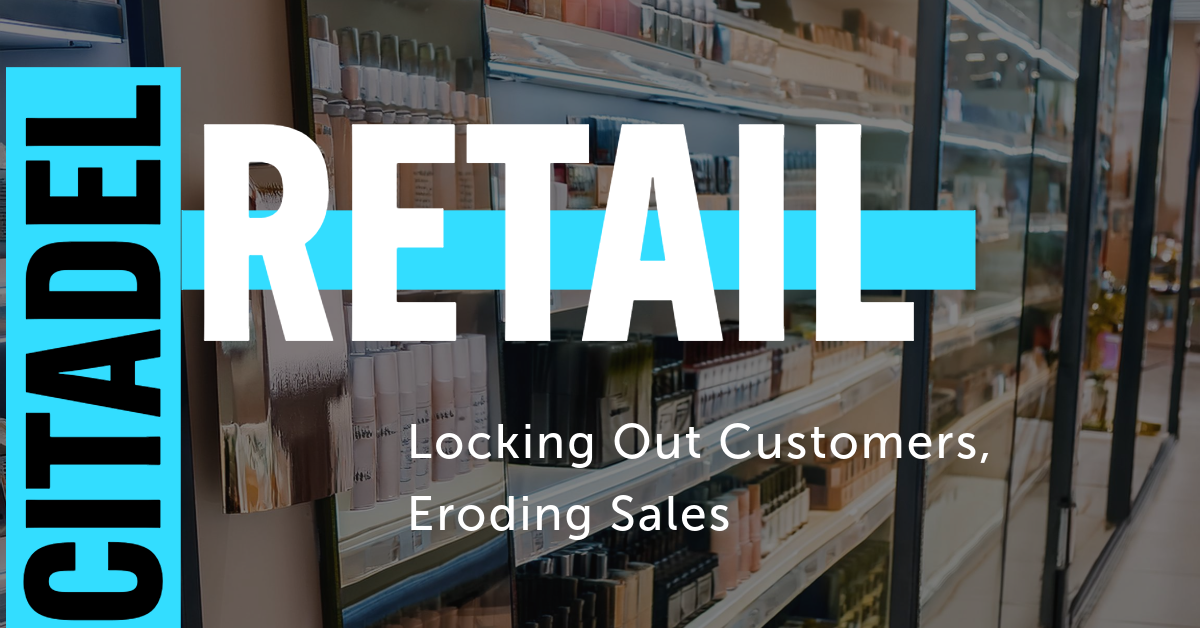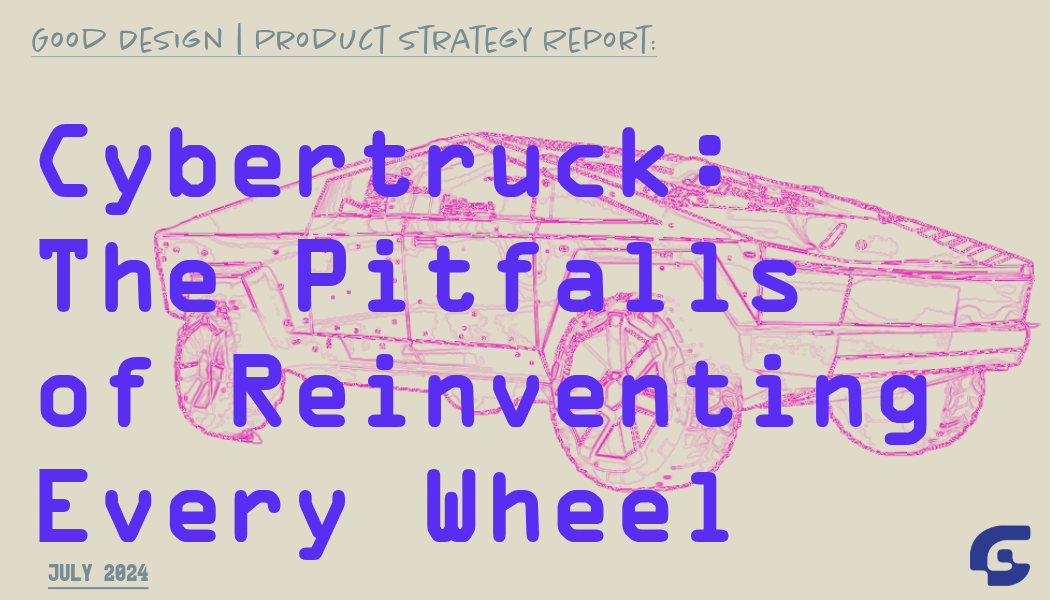Understanding and Combating Stealth Competition
Good Ideas Only • 2024-01-24
Understanding and Combating Stealth Competition discusses the threat of unexpected competitors entering a market quietly but aggressively. It provides strategies to identify and combat stealth competition, emphasizing the importance of vigilance and preparedness to mitigate competitive blind spots.
Fierce and direct competition are expected in today's business landscape. But stealth competition—an unexpected competitor entering your market quietly yet aggressively—can be even more dangerous. Leaders must understand this threat and have strategies to defend against disruption.
What is Stealth Competition?
Stealth competition is when a surprising rival outside your traditional competitive set leverages new technologies, business models, or tactics to target your market. Some defining characteristics:
- Flying under the radar: They build market share quietly before you realize they are a threat.
- Leveraging new strategic assets: They utilize technology, IP, data, infrastructure, or partnerships you need to improve.
- Exploiting market gaps: They identify underserved consumer demand and behave differently than incumbents.
Stealth competitors are often startups, but tech giants or companies from other industries can launch stealth attacks.
Risks and Examples
The risks of stealth competition include:
- Losing market share faster than expected
- Being forced to change strategy to keep pace
- Having to acquire competitors at high prices
For example, Netflix faced stealth competition from TikTok. Though seemingly very different, TikTok's rapid growth among young viewers reshaped attitudes and drew attention away from Netflix's platform. By the time Netflix reacted, viewership habits had dramatically changed.
Strategies to Combat Stealth Competition
Facing stealth competition starts with vigilant scanning for threats combined with forward-looking strategic planning:
- Scan for blind spots. Ask probing questions to identify market gaps and companies who could use new assets to attack those gaps by behaving differently.
- Draw up scenarios. Develop specific narratives for how stealth competition could emerge. Include potential responses. Stress test your current strategy against these scenarios.
- Send out alerts. Watch for early signals of startups or other unconventional players entering your space. Track data and changes in consumer behavior that could indicate an invisible threat.
- To counter stealth competition, have a war chest of Earmark funds for rapid response capabilities - R&D, M&A, and partnerships. Speed is critical.
- Foster paranoia Instill healthy, paranoid questioning about competition and threats to shift mindsets. Disrupt yourself before you get disrupted.
Stealth competition has always existed but moves faster today. Leaders must be vigilant and prepared to mitigate competitive blind spots. By taking proactive steps to detect and respond to unseen threats, companies can transform stealth competition into an opportunity for growth.
4-Week Research Sprint “How To Spot A Stealth Competitor”
Week 1 - Identify Common Blind Spots
Deliverable: Report on historical blind spots, potential vulnerabilities, and hypotheses for new competition forms.
Week 2 - Develop Threat Detection Tactics
Deliverable: A comprehensive toolkit with detection tactics, including emerging technology evaluations, a consumer trend report, warning indicators, and heat maps.
Week 3 - Wargame Future Scenarios
Deliverable: A scenario playbook with detailed simulations and contingency plans to tackle potential threats.
Week 4 - Ongoing Vigilance Processes
Deliverables: An established early warning system, response triggers plan, a schedule for annual foresight assessments, and the introduction (or reinforcement) of a Chief Paranoia Officer role.
Maintain a central repository for all data, insights, and strategies developed throughout the sprint. Weekly check-ins should be scheduled to ensure progress is on track and to facilitate cross-team communication. This 4-week research sprint will culminate in a comprehensive presentation to stakeholders and a robust toolkit to be disseminated among product teams, helping to lay the groundwork for continual vigilance against stealth competition.
The GIO Team
About The Good Design | Center of Excellence Newsletter
For digital leaders aiming to drive growth through human-centric innovation, the Good Design Center of Excellence newsletter offers an inside look at GIO's approach. Through digestible videos and articles, you'll gain strategic insights to bridge the gap between vision and execution.
Seeking to unlock the future? Who better to provide the key than Generation Z themselves?
Good Ideas Only will conduct an immersive discovery sprint to reveal transformational insights into Gen Z behaviors and preferences. A limited number of exclusive sponsorships are available for enterprises seeking an inside track to engage this powerful consumer demographic. You can take advantage of this opportunity to gain proprietary intelligence tailored to your brand's innovation needs.
Good Ideas Only is a strategy and design studio that takes an outside-in approach to identify upcoming opportunities. Our "Good to Know" series provides leaders with strategic foresight on evolving consumer behavior and technology trends. We would appreciate your feedback on the first episode and suggestions for future topics. Feel free to respond if you have any problems you would like us to mull over. Our team of innovators and designers is here to help you bridge the gap between your vision and its execution.
Miami | Atlanta | New York | LA





